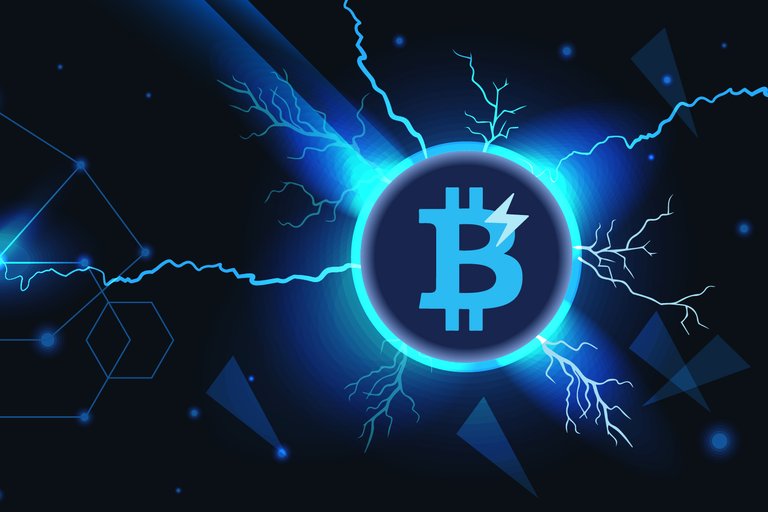Testing out OpenAI's Chat GPT: Bitcoin Lightning Network

Bitcoin's Lightning Network is a revolutionary second-layer payment protocol that operates on top of the Bitcoin blockchain. It was first proposed in 2015 by Joseph Poon and Thaddeus Dryja as a solution to the scalability issues that were beginning to plague the Bitcoin network. As the network grew in popularity, the number of transactions being processed by the network began to increase, leading to slower transaction times and higher fees.
The Lightning Network was designed to address these issues by allowing users to open payment channels between themselves. These channels can be used to conduct an unlimited number of transactions without the need to record each one on the blockchain. This can significantly increase the speed and efficiency of the Bitcoin network, as it reduces the number of transactions that need to be processed and confirmed by the network.
In addition to improving the scalability of the Bitcoin network, the Lightning Network also offers some other benefits. For example, it allows users to make micropayments, which are not practical on the main Bitcoin network due to high fees. It also enables users to make transactions without revealing their identity, which can provide a degree of privacy and anonymity. This makes the Lightning Network particularly appealing to users who value privacy and want to avoid revealing personal information when conducting transactions.
Despite its potential benefits, the Lightning Network is not without its challenges. One concern is the issue of centralization, as a small number of large payment channels can potentially have a significant influence on the network. There are also technical issues that have been identified, such as the risk of funds being lost if a payment channel is closed improperly. These issues highlight the importance of careful risk management when using the Lightning Network.
Despite these challenges, the Lightning Network has gained significant traction since its launch, with the number of nodes and payment channels on the network continuing to grow. It is clear that the technology has the potential to significantly improve the scalability and efficiency of the Bitcoin network, and it will be interesting to see how it is adopted and used by users and businesses in the future. As the Lightning Network continues to evolve, it is likely that new features and capabilities will be added, further increasing its usefulness and utility.
(Disclaimer: I am not a financial or investment advice, and this is not financial or investment advice.)